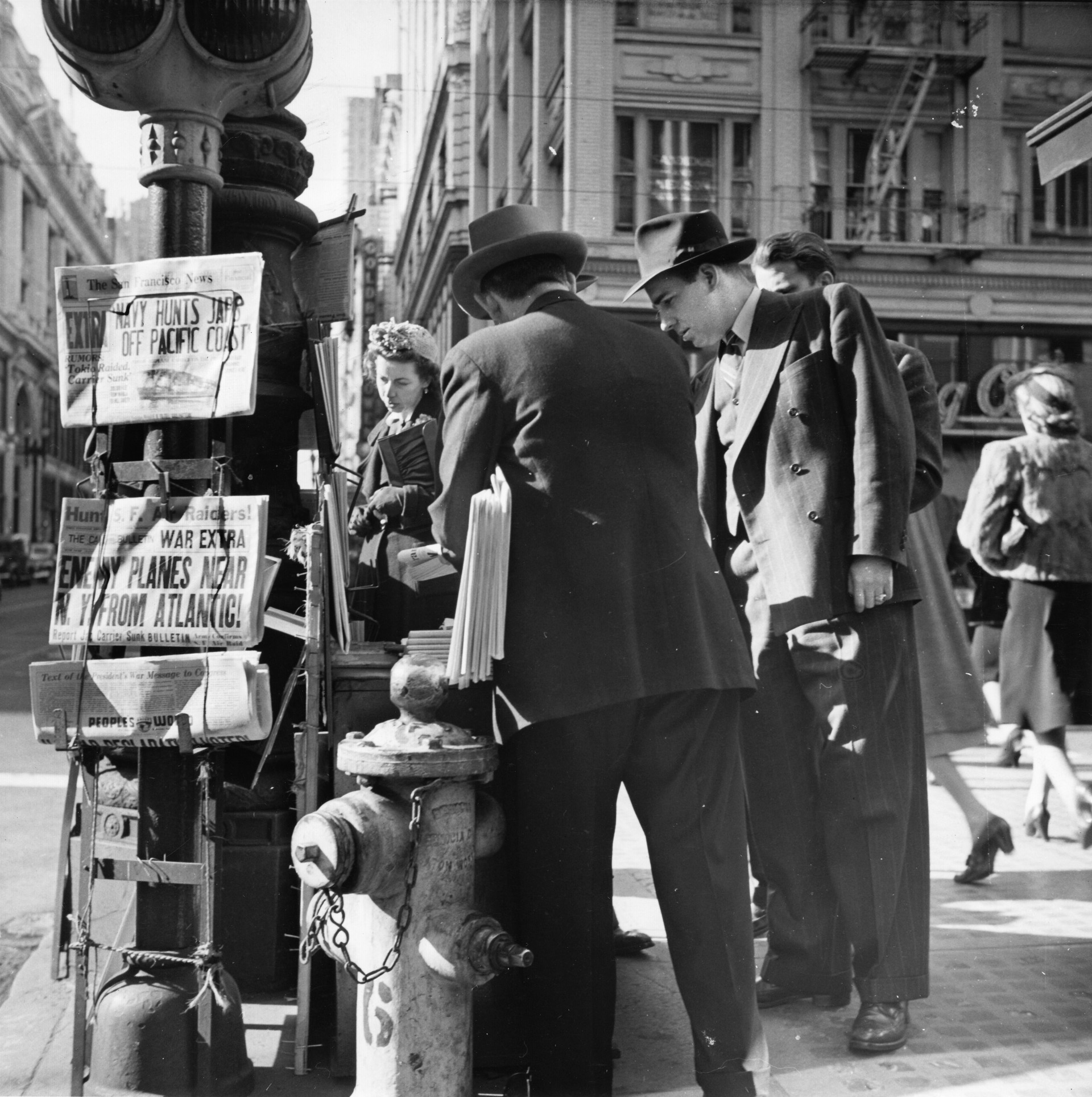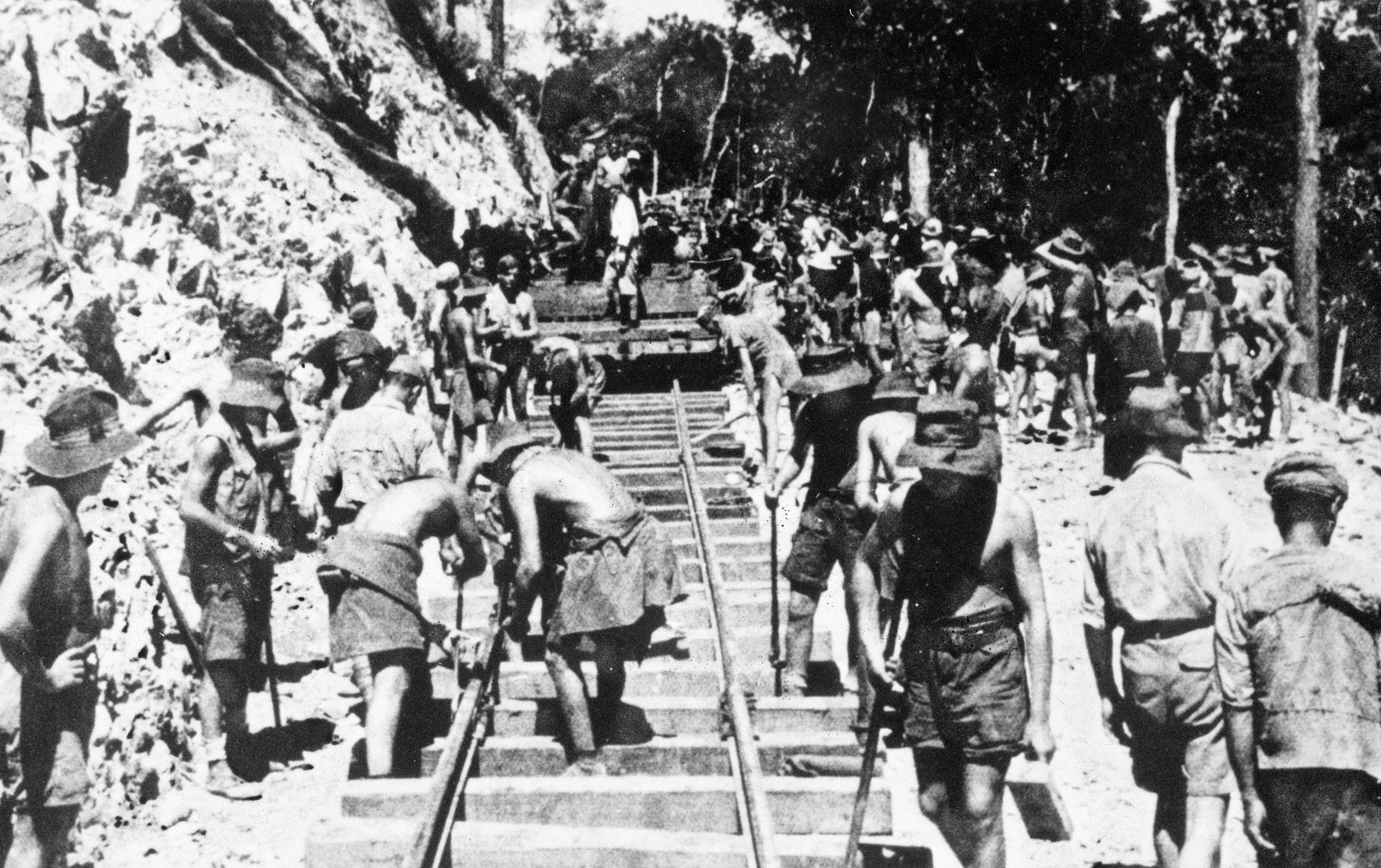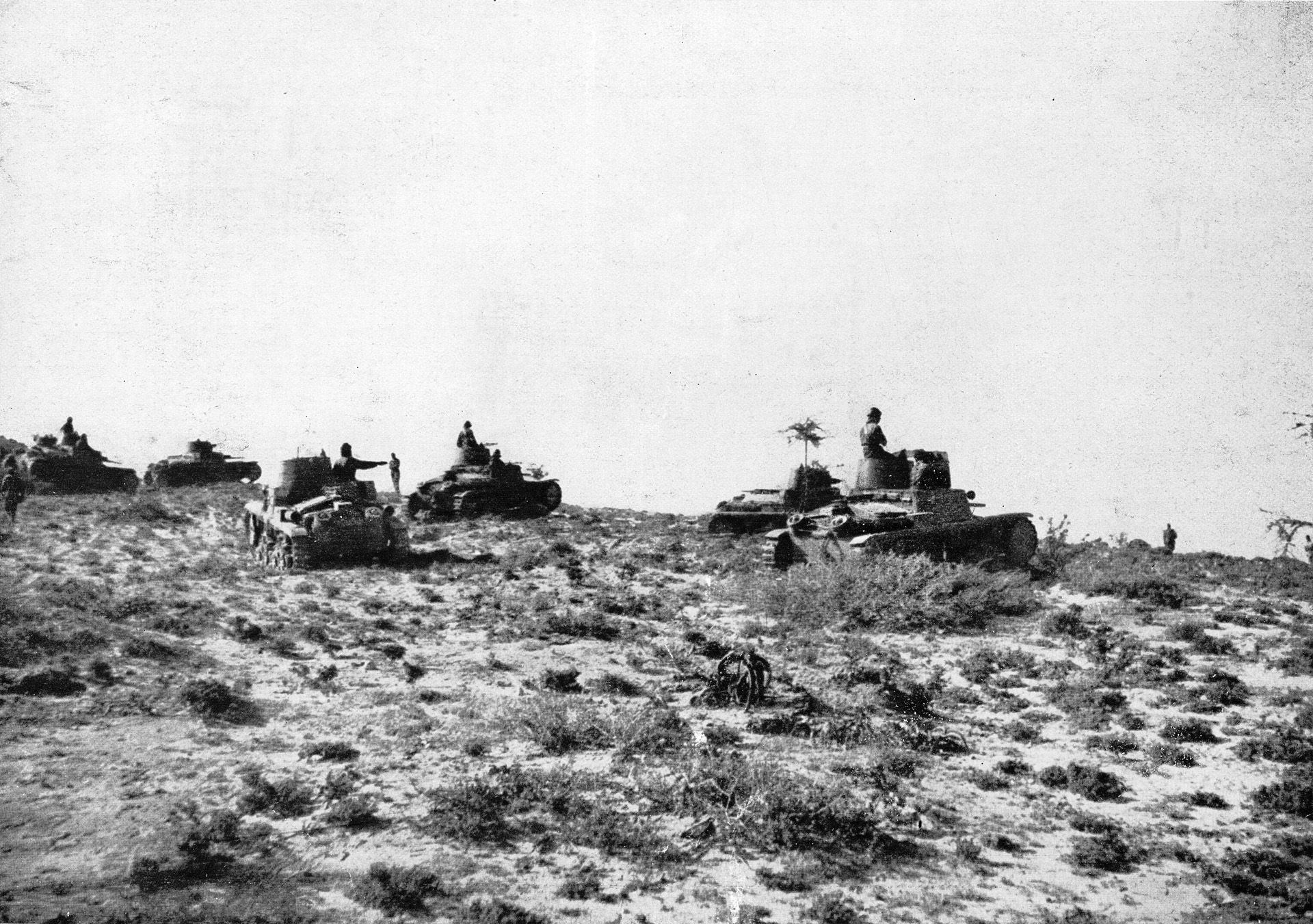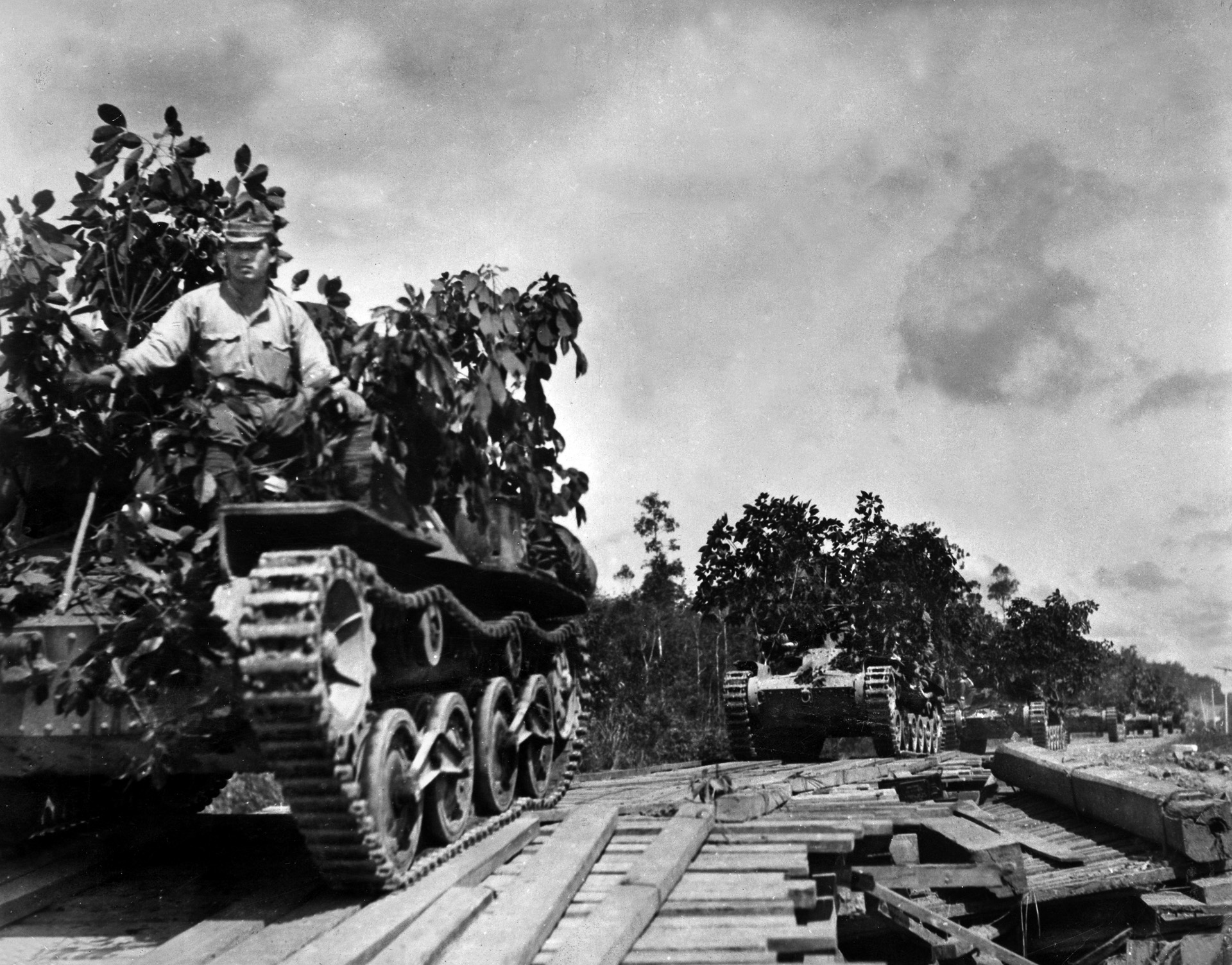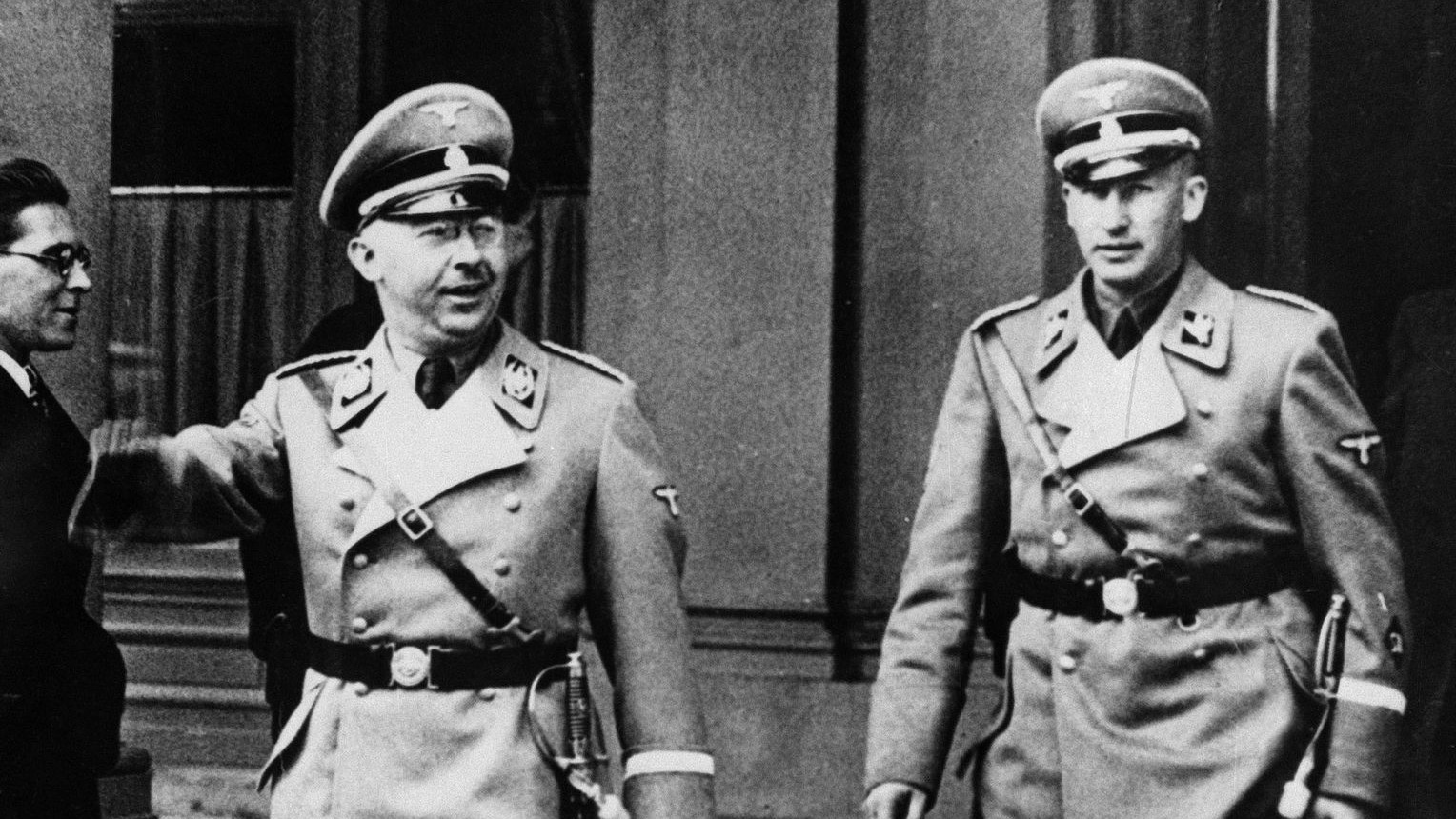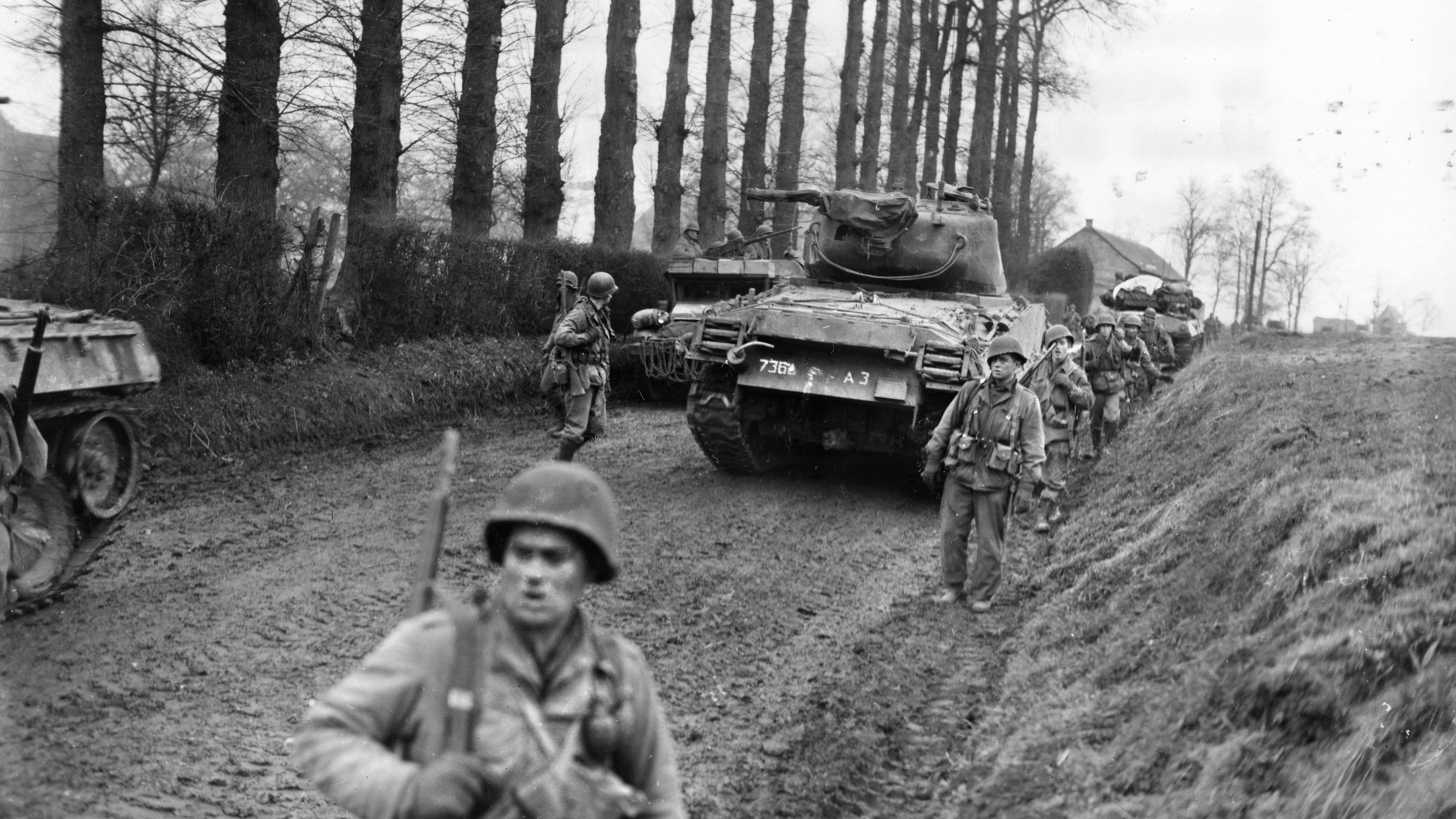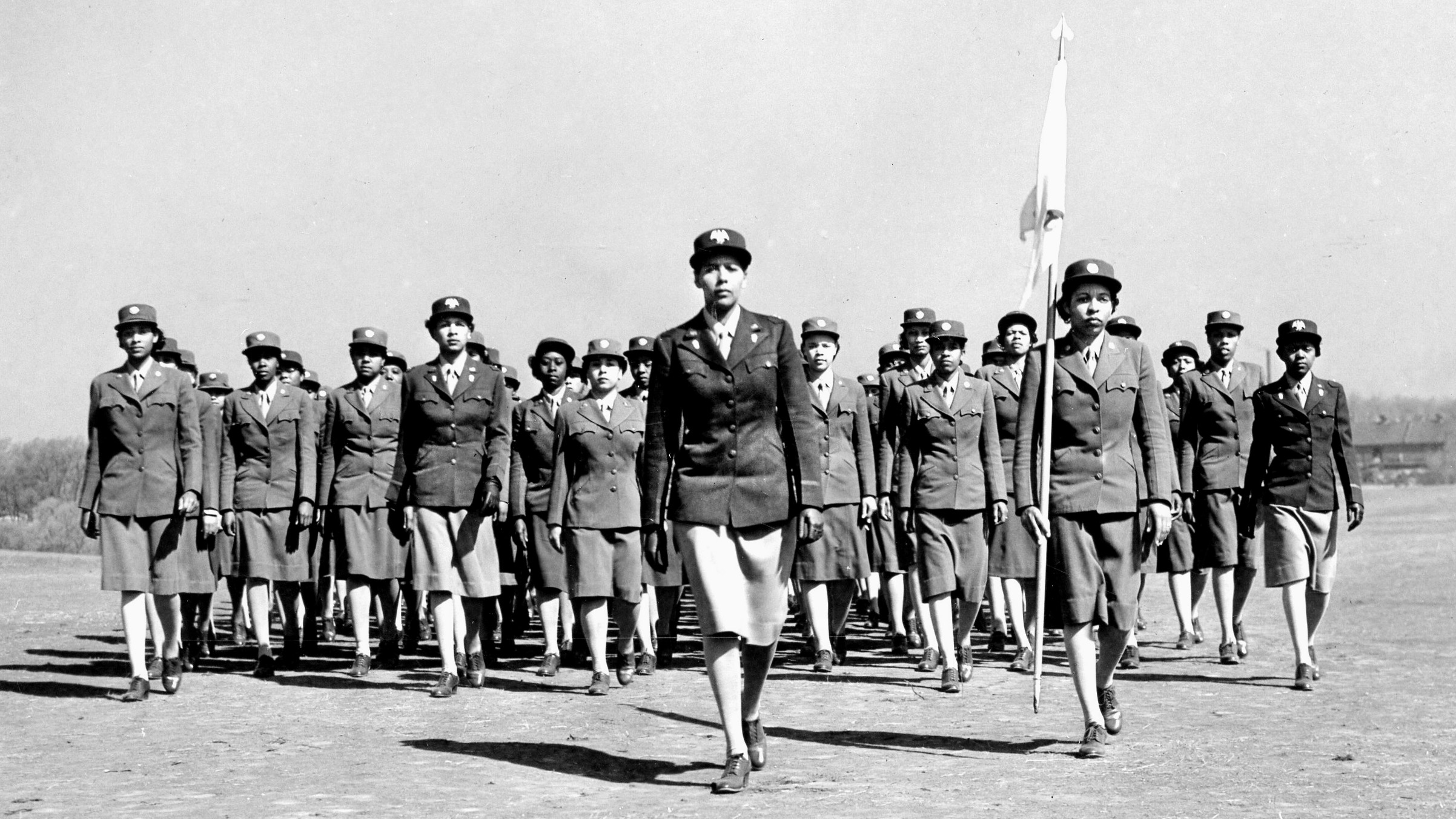By Glenn Barnett
Throughout World War II, the Imperial Japanese Navy dreamed of taking the war to the West Coast of the United States.
This was a difficult task because it is nearly 5,500 miles from Tokyo to Los Angeles. Only submarines had that kind of range and could stay hidden from detection during the day. However, unlike surface ships, the underwater boats had limited striking capability other than their torpedoes, and any damage to their hulls meant they could not dive and would be sitting ducks. Nevertheless, Japan would seek ways of taking the war to the enemy mainland until the end.
The first submarine to draw blood in the war between Japan and the United States was I-26. Stationed between the mainland and Hawaii on December 6, 1941, I-26 was tasked with observing ships sailing to Hawaii from the West Coast. Aware that the attack on Pearl Harbor was coming the next day, the captain of I-26 spotted the 2,140-ton Army-chartered schooner Cynthia Olson bound for Hawaii with its cargo of Army supplies just 300 miles off the California coast.
The sub maneuvered into a firing position that night so that she could begin firing at her victim at the expected time of the attack on Hawaii. At the appointed time, I-26 surfaced and fired a warning shot. The crew of Cynthia Olson sent an SOS and boarded lifeboats. The sub hit the schooner with a torpedo 20 minutes before receiving the message, “Tora, Tora, Tora!”—the coded signal to start the attack on Pearl Harbor. I-26 had jumped the gun.
Cynthia Olson was the first American merchant ship sunk by a Japanese submarine. Its crew perished in their lifeboats because the disaster in Hawaii consumed the attention of all at sea for the next several weeks.
A few days after the attack on Pearl Harbor, nine I-class Japanese submarines left Hawaiian waters for the West Coast. The submarines involved were I-9, I-10, I-15, I-17, I-19, I- 21, I-23, I-25, and I-26. All of these boats had a range of at least 15,000 miles on the surface; the newer ones could reach over 21,000 miles. They displaced between 2,500 and 3,000 tons (depending on their configuration) and were over 350 feet in length with a complement of 90 to 100 men. By comparison, the American Gato-class attack subs used throughout the war had a range of 11,000 miles, weighed in at 1,500 tons, were 311 feet in length, and carried some 60 men.
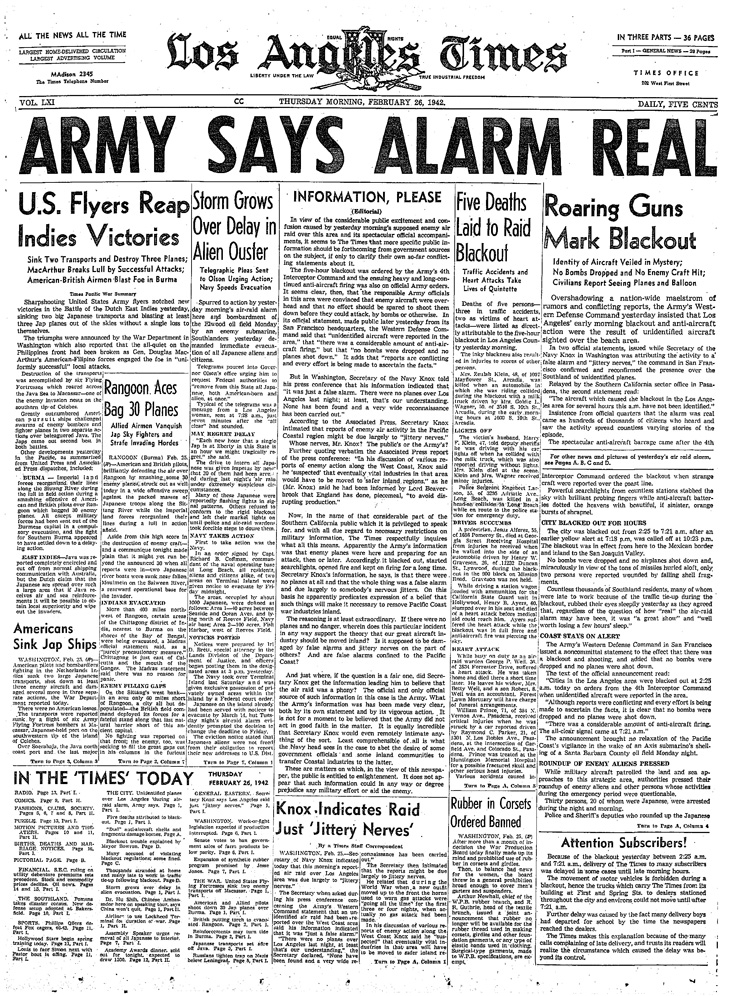
Most of these Japanese “cruiser” submarines were capable of launching and retrieving float planes in a bomber role. However, the rough winter seas along the North Pacific coast ruled out their use much of the time.
Steaming independently, each submarine arrived off the coast of Canada and the U.S. by mid-December with each assigned to a different port or waterway. These included San Diego, Los Angeles/San Pedro, San Francisco, the mouth of the Columbia River, and the waters outside Seattle. Others were stationed along high-traffic areas including Monterey Bay, Morro Bay, and Cape Mendocino in Northern California and Cape Blanco, with its picturesque lighthouse, in southern Oregon.
Like all submariners, the Japanese hoped to sink “high value” targets like battleships or the finest prize of all, an aircraft carrier. They hoped to be as successful in the Pacific as the German U-boats were in the Atlantic. Once on station, they searched for targets of opportunity. It was expected that by Christmas Day their torpedoes would be expended, and they would then all surface near populated areas simultaneously and fire their deck guns toward shore until the ammunition was spent. Then they would return home having cast fear into the hearts of the enemy.
The first contact was made by I-17 in the pre-dawn hours of December 18, off the coast of Mendocino. Lookouts made out the silhouette of a ship steaming nearby. It was the freighter SS Samoa bound for San Diego with a load of lumber from the vast forests of the northwest.
Captain Kozo Nishino ordered his gun crew to man the 5.5-inch (140mm) deck gun. The crew fired five shells, but in the darkness and ragged, pitching sea they all missed. Nishino then submerged and maneuvered his boat to face Samoa broadside and fired one of his precious torpedoes. However, Samoa rode high in the water, and the torpedo passed beneath her keel and kept going before exploding. In the pre-dawn gloom, I-17 could no longer see the target and so reported it sunk. Samoa sped on with increased crew vigilance and some great yarns to tell when they reached San Diego.
Two days later, I-17 found another target. The empty 6,912-ton oil tanker Emidio came into view. The seas were calmer, and the submarine’s deck gun found its mark, hitting Emidio several times, killing three men. The radio operator sent out an SOS reading “under attack by enemy sub,” and the order to abandon ship was given. The crew lowered lifeboats and rowed toward shore as they were fired on by the deck gun of I-17. Suddenly, I-17 cleared the deck and dived. A moment later patrolling PBYs Catalina flying boats flew overhead, dropping depth charges.
The response from shore to the SOS call was immediate. Within 15 minutes the PBYs were on scene. It had not yet been two weeks since the attack on Pearl Harbor and two days since an enemy sub had fired at Samoa. Local air defense forces were on hyper-alert.
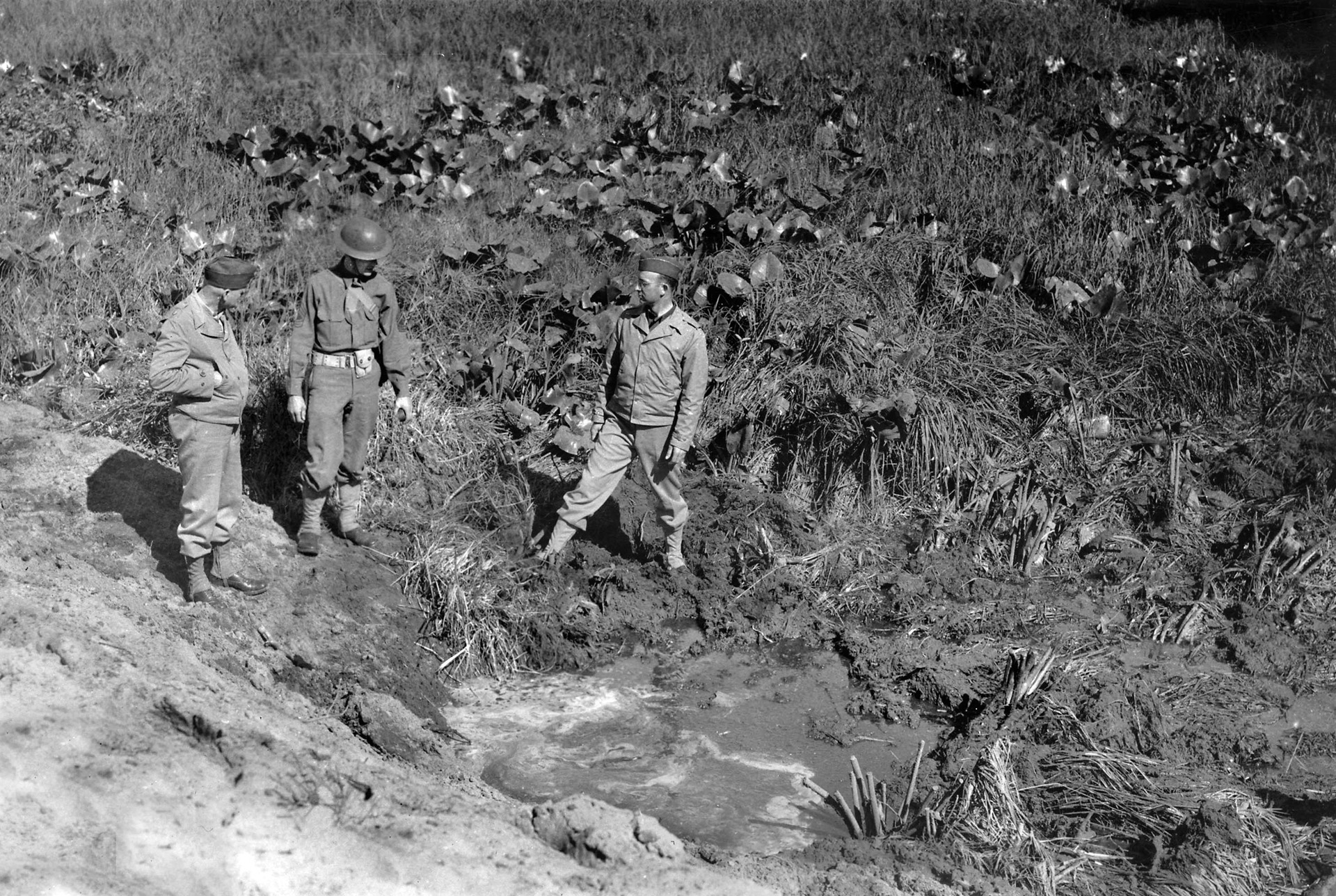
But Captain Nishino would not be denied. Despite the depth charge attack, he maneuvered for a torpedo solution and struck Emidio but did not sink her. I-17 crash-dived and avoided the returning aircraft, which dropped another depth charge to no effect. Out of a crew of 36 aboard Emidio, there were 31 survivors. The abandoned and derelict tanker drifted away and later beached near Crescent City.
On the same day, I-23 closed on the tanker Agwiworld (6,771 tons) off Santa Cruz. Just after 1400 hours, Captain Frederick Goncalves of Agwiworld heard what he thought was an explosion to his stern. He hurried to the bridge and, taking his binoculars, sighted I-23 about 500 yards distant.
His immediate response was to turn toward the approaching sub and try to ram it. When that failed, he turned hard over so that only his fleeing stern faced the sub. Aboard I-23, Captain Genichi Shibata had a problem. The ocean was rough, and swells would wash over the bow if he used his superior speed. That would adversely affect his gunners’ aim and might also sweep them off the deck.
I-23 moderated her speed so the gunners could fire while remaining upright as Shibata tried to maneuver for a broadside torpedo attack. But the captain of Agwiworld made smoke and zigzagged in random patterns, outmaneuvering the sub while keeping a small profile facing the enemy until he reached the safety of Monterey Bay. The gunners on the deck of I-23 fired as many as14 shells at the tanker (reports vary) but scored no hits.
Captain Goncalves handled his slow tanker with skill and calm while under attack, and it is highly likely that he had gained experience aboard ship in World War I facing down U-boats.
On December 22, I-19 sighted the tanker H.M. Storey (10,763 tons) off Point Arguello. The hunter gave chase. Storey fled before the threat and made smoke, which threw off the aim of I-19’s deck gun. I-19 submerged to fire torpedoes. Three were sent in Storey’s direction, but all missed, and she escaped. Though I-19 missed the target that day, on September 15, 1942, in the waters surrounding the Solomon Islands, she fired a spread of six torpedoes that sank the aircraft carrier Wasp and the destroyer O’Brien while damaging the battleship North Carolina in one of the most successful submarine attacks in history.
On December 23, 1941, I-21 sighted the tanker SS Montebello (8,270 tons) near the seaside town of Cambria, California. At 0530, she fired two torpedoes at a range of 2,190 yards; one of them struck home. The crew abandoned the sinking ship in four lifeboats and was fired upon by machine guns but suffered no casualties. Later in the day, I-21 fired her gun at the tanker SS Idaho causing some damage, but the ship got away.
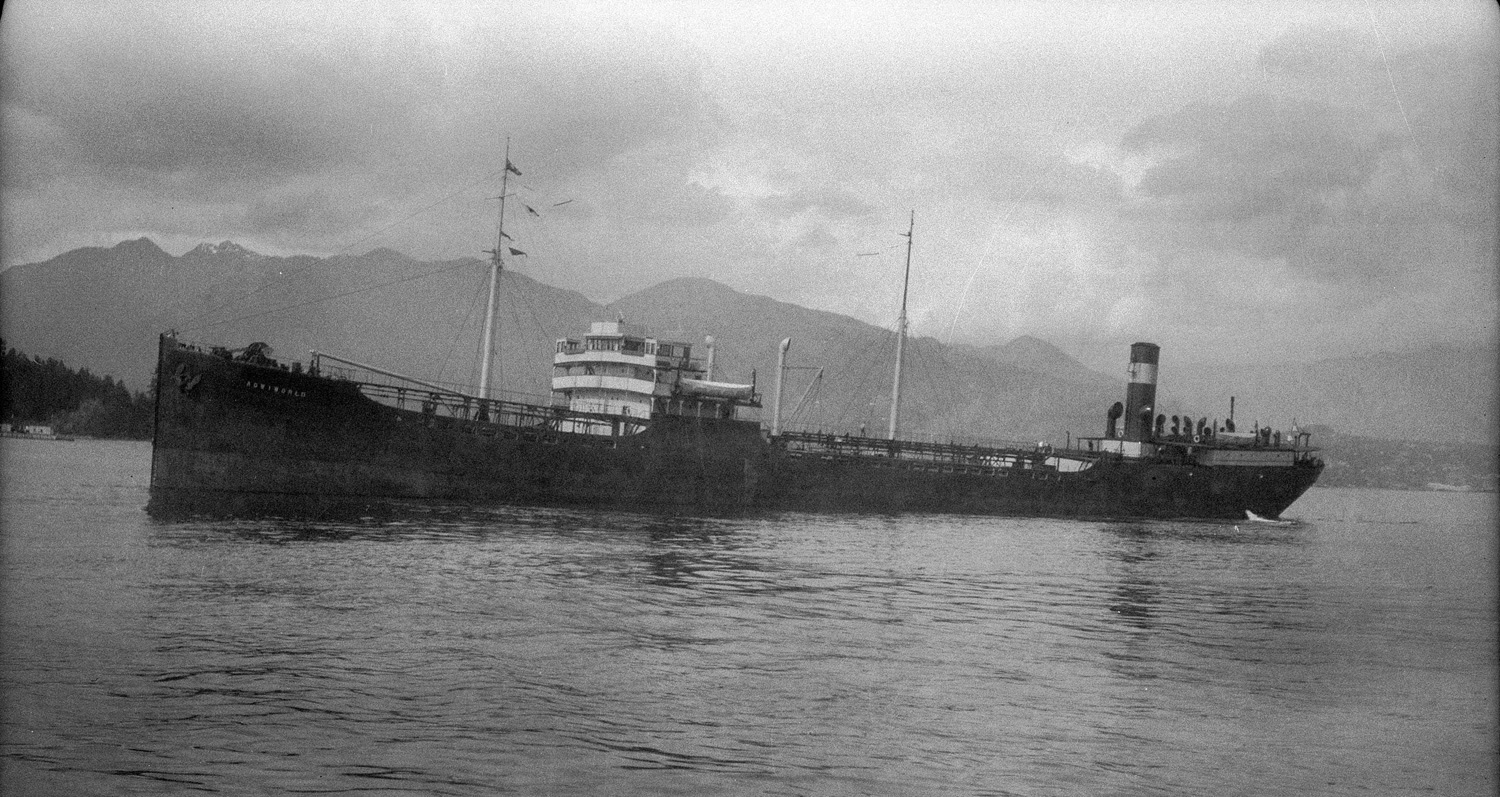
On Christmas Eve off Point Fermin, near San Pedro, I-19 attacked the 5,698-ton lumber carrier Absaroka. One of two torpedoes hit Absaroka, and she settled until her deck was awash. But because she was loaded with lumber, she didn’t sink and was towed to shore and beached near Point Fermin.
Tokyo called off the simultaneous Christmas shelling because of logistical problems, and then, on December 27, all Japanese submarines operating off the West Coast were recalled due to fuel-consumption concerns.
Once refueled and rearmed, I-17 was ordered to return to the West Coast. She reached San Diego on January 7, 1942. From there she patrolled northward. Her captain, Nishino Kozo, was under orders to shell a target on the coast in order to create panic. A small oil-storage facility near Santa Barbara was chosen because of its ease of escape and distance from harbors where destroyers could race after the submarine. As a merchant captain before the war, Nishino had put in at this same facility and was familiar with it.
Just before sunset, I-17 surfaced and at 1910 hours fired 17 5.5 -inch shells at the oil tanks. Due again to the interference of ocean swells, little damage was done, but it was enough. I-17 slipped away, and the attack had its desired result. Panic set in as hundreds of people fled the coast, fearing the shelling was a prelude to invasion.
In Los Angeles, at about 0230 hours on February 25th, nervous antiaircraft gunners of the 37th Coast Artillery Brigade, perhaps sighting a wayward weather balloon, drew the wrong conclusion and opened fire. Other batteries followed suit, shooting at nothing. In neighboring Alhambra, awakened by the shooting and searchlights, 16-year old air raid warden Larry Stevens ran from house to house in his neighborhood to enforce the mandatory blackout. Within a year and a half, Stevens would be a B-17 tail gunner.
Over 1,400 shells were fired in the air over Los Angeles that night, causing damage to buildings and cars when the shells fell back to earth. Five people died in car crashes or of heart attacks. The whole bizarre incident would be called “The Battle of Los Angeles.”
Meanwhile, I-17 moved northward off the coast of San Francisco. On March 1, she attacked the 8,300-ton tanker William H. Berg. Several torpedoes were fired, but none found its mark. One exploded in the water, giving the impression that the ship had been hit. I-17 surfaced to finish off the tanker with its deck gun. When the tanker unexpectedly began to fire back, I-17 submerged and fled.
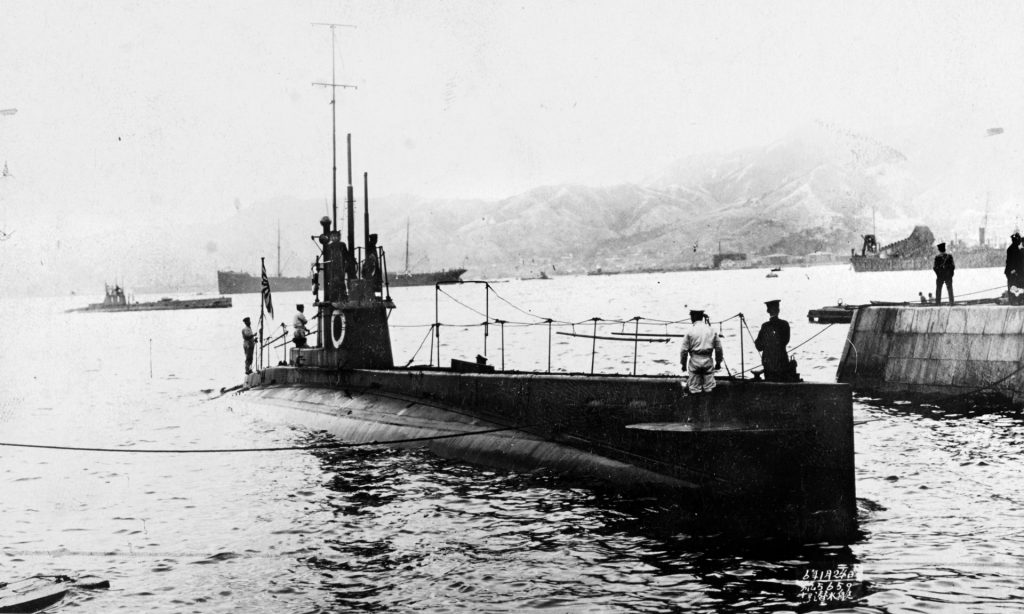
On June 3, 1942, far to the north, Japanese planes from the carriers Ryūjō and Junyō bombed Dutch Harbor in Alaska. This was followed by the invasion of the islands of Attu and Kiska on June 7. This faraway assault gave rise to fears that an invasion of the rest of Alaska was imminent.
On that same day, I-26 was stationed 35 miles off the Strait of Juan de Fuca at the entrance to Puget Sound and Seattle. At 1410 hours a single torpedo was fired at the 3,286-ton armed cargo steamer SS Coast Trader, carrying 1,250 tons of newsprint. She was hit aft on her starboard side and sank by the stern. Among the crew of 56, there was only one fatality, but several were injured.
On June 20, off Canada’s Vancouver Island at 2217 hours, I-26 surfaced and fired 17 shells (two of which were sand-filled practice rounds) at the Estevan Point lighthouse and radio direction-finding station. There were no hits on target. Most of the shells fell short of the lighthouse or exploded nearby. One positive result for the Japanese was the American reaction: They turned off most West Coast lighthouses, causing navigation problems for coastal traders.
On the same day that I-26 attacked the Canadian lighthouse, I-25 fired on the 7,126-ton British steamer Fort Camosun off Cape Flattery, the northeastern tip of the Olympic peninsula. One torpedo exploded on her port bow, and she began to sink as the crew abandoned ship. However, her cargo of plywood and lumber, bound for England, prevented her from sinking, and she was towed to shore and placed in drydock.
The next day, I-25 was off the mouth of the Columbia River. She surfaced and came within 11,000 yards of shore. After sundown, her 5.5-inch deck gun was fired at Fort Stevens, near Astoria, Oregon. The heaving ocean swells again threw off the aim of the gunners, and there was no significant damage.
September 9, 1942 was the day of the first bombing of the continental United States. It was carried out by the aircraft-carrying submarine I-25, cruising 25 miles off the Oregon coast. The sea was calm; I-25 surfaced just before dawn, and the E14Y1 Yokosuka floatplane, nicknamed “Glen” by the Allies, was pulled from its watertight cylindrical hanger on the bow. Its wings were unfolded, and two 170-pound thermite incendiary bombs were attached to wing-mounted hardpoints.
The pilot, Fujita Nobuo, catapulted off the deck at 0535 hours and flew in the direction of Mount Emily in southwestern Oregon. The plan was to drop the incendiaries into the forest, starting a conflagration that would rage out of control throughout the northwestern United States. Unfortunately for Fujita, rain had saturated the woods; though the bombs exploded and set small fires, they were soon extinguished by the soggy trees and flora, which refused to burn. Fujita, thinking himself successful, landed his float plane near I-25 and was hoisted aboard. After the plane was stored, I-25 submerged.
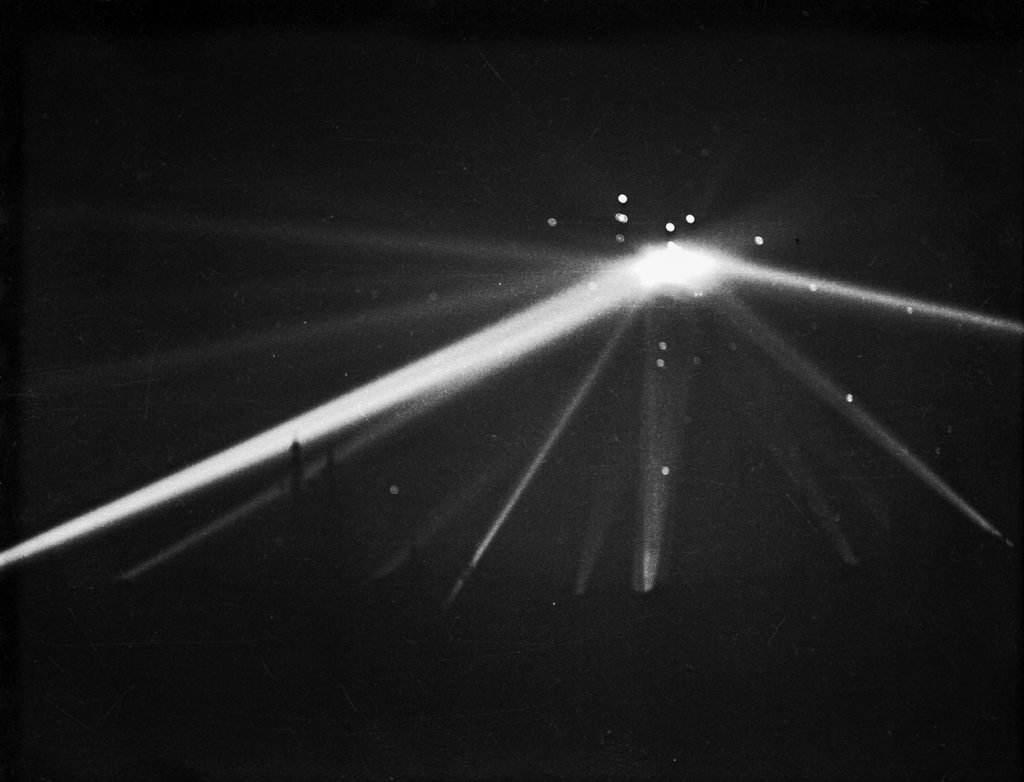
On September 29, another attempt was made to set the forest ablaze. This time, I-25 surfaced after midnight about 50 miles west of Cape Blanco, Oregon. The float plane was laboriously prepared in the darkness and launched by catapult at 2107 hours. Most of the coast of Oregon was blacked out because of the attack on the Estevan Point lighthouse, but the Cape Blanco lighthouse was still operating. Fujita used it as a reference point to navigate as he flew inland and dropped his bombs. A fire ignited, but it sputtered out before U.S. Forest Service firefighters could reach the scene. Rough seas and heavy mist covered the region for the next few days, scrubbing any further bombing attempts.
After her failed attempts at arson in the national forests, I-25 continued finding success against seagoing targets. In the predawn stillness of October 5, near Coos Bay, Oregon, while the submarine was recharging its batteries, her lookouts spotted a tanker dead in the water. It was the 6,653-ton armed tanker Camden, holding 76,000 barrels of gasoline and oil. She had been forced to stop to make emergency engine repairs.
I-25 cleared her deck and dived to make a torpedo run. Two torpedoes were fired, but only one hit its target. That was enough: The starboard bow was struck, causing the forepeak fuel tank to explode. Camden settled by the bow slowly enough to allow the crew to escape, but it did not sink. She was taken under tow by a tug, but on October 10 off Grays Harbor, Oregon, she suddenly burst into flames and foundered.
Also on October 5, I-25 sank the armed tanker Larry Doheny, which was carrying 66,000 barrels of oil. The torpedo ran true, and the tanker exploded with so much force that the concussion rocked the submarine and showered the deck and conning tower with fragments.
On October 11, while returning to Japan, I-25 sighted two ships thought to be American submarines. I-25 fired its last torpedo, which hit and sank not an American sub, but the Soviet 1,039-ton minelaying submarine L-16, headed from Vladivostok to the Baltic Sea via the Panama Canal. This engagement was not made public until after the war.
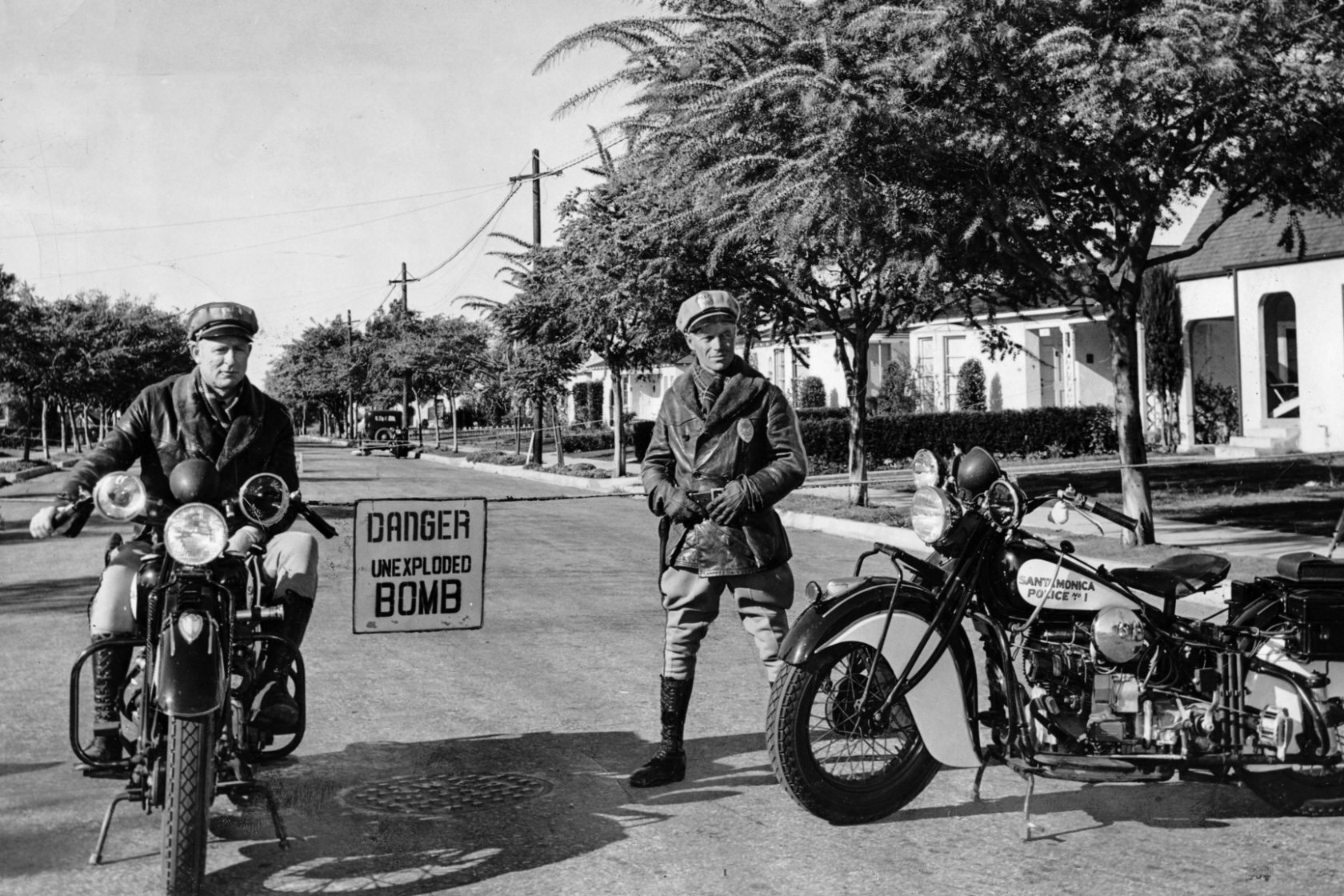
I-25 would be the last Japanese submarine to cause significant damage on the West Coast. By this time, Tokyo had recalled its submarines to bolster the fight for Guadalcanal and offset the losses at sustained Midway. Other means of attacking the American mainland would have to be found.
As early as 1933, Japanese scientists had discovered that a jet stream flowed at high altitude from west to east across the northern Pacific at certain times during the winter months. Nothing was done to take advantage of the air current until the Doolittle raid on Tokyo on April 18, 1942. Humiliation fueled the desire for revenge, and the idea of using balloon bombs floated across the Pacific to wreak havoc on North America was pursued because it was easy and cheap, if perhaps a little desperate.
There was a precedent for the Japanese idea: The British were already sending thousands of balloon bombs on an air current against Germany in Operation Outward, and they were proving highly cost-effective.
The Japanese resolved to emulate the British example with a more sophisticated device. They would call their weapon fusen bakudan, or “balloon bomb,” and nicknamed it “Fugu” after the poisonous puffer fish. Schoolgirls were recruited to glue newspaper-sized strips of tissue-thin paper into light but strong balloons. When inflated with hydrogen, the balloons were 33 feet in diameter and capable of lifting 3,000 pounds. About 1,000 pounds of instruments, a connecting framework, one high explosive bomb, and two or three small incendiary bombs with several sand bags for ballast were attached.
The balloon bombs were first released on November 3, 1944, to commemorate the birthday of the former Emperor Meiji. Some 9,000 fugu bombs were launched during the winter of 1944, but their effect remained unknown to the Japanese.
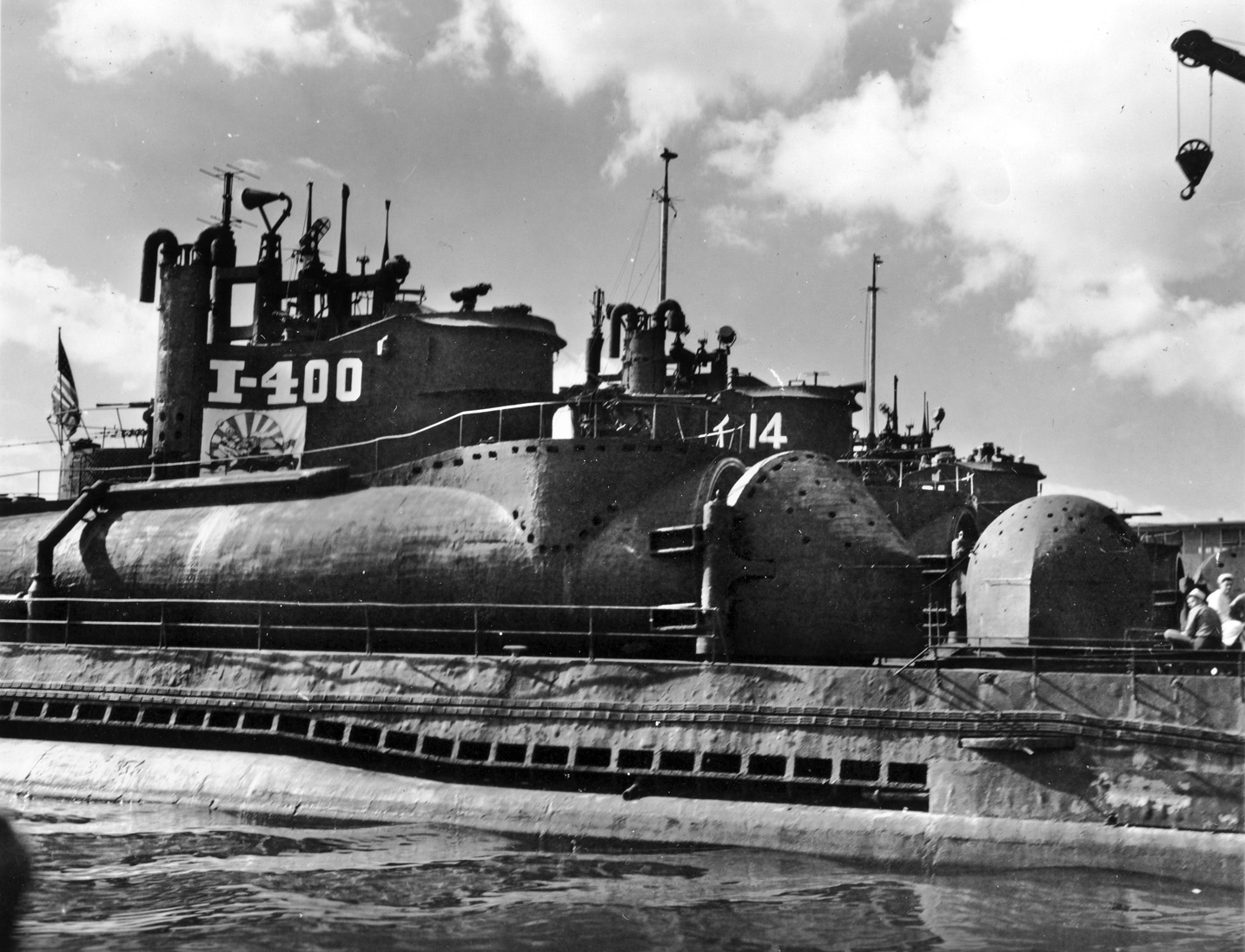
When the American military began to discover fugu bombs that had landed (some exploded, some not), they quickly assembled as many elements of the devices as they could. They realized that the incendiary bombs carried by the balloons were intended to ignite forest fires in the northwest, as I-25 had tried to do. On May 5 a pregnant American civilian and her five children were killed near the town of Bly, Oregon, after they approached a landed balloon bomb that promptly exploded in their midst. A potentially even more perilous incident occurred near Hanford, Washington, the location of a top-secret facility for the production of nuclear material as part of the Manhattan Project. On March 10, 1945, a balloon landed on nearby power lines, causing an outage and blackout at the plant. This could have led to a serious nuclear incident; fortunately, a backup energy source kicked in almost immediately, and disaster was averted.
Senior military officers at the Pentagon also feared the balloons might be used to carry chemical or biological weapons. When authorities approached the bombs, they wore full protective gear. After the war, the Japanese claimed that Emperor Hirohito himself withheld permission for bombs laden with such weapons.
Many of the balloon bombs landed in the ocean, a few were shot down, and an unknown number landed in Alaska, Canada, and the western United States. Some traveled as far east as Michigan and south to Texas and even northern Mexico. As in the winter of 1941-42, the forests of the northwest were soaking wet from rain, which prevented the spread of wildfires.
The fugu bomb program petered out in Japan as winter ended and the supply of Kozo trees for balloon making was exhausted. Also, by that time, Boeing B-29 Superfortress bombers had destroyed the Showa Denko chemical plant and most of Japan’s hydrogen-production capability.
The last balloon bomb was released in April 1945. After that, the jet stream was less reliable, and Japanese officials had become frustrated at not knowing how much damage was being done as a result of their considerable efforts.
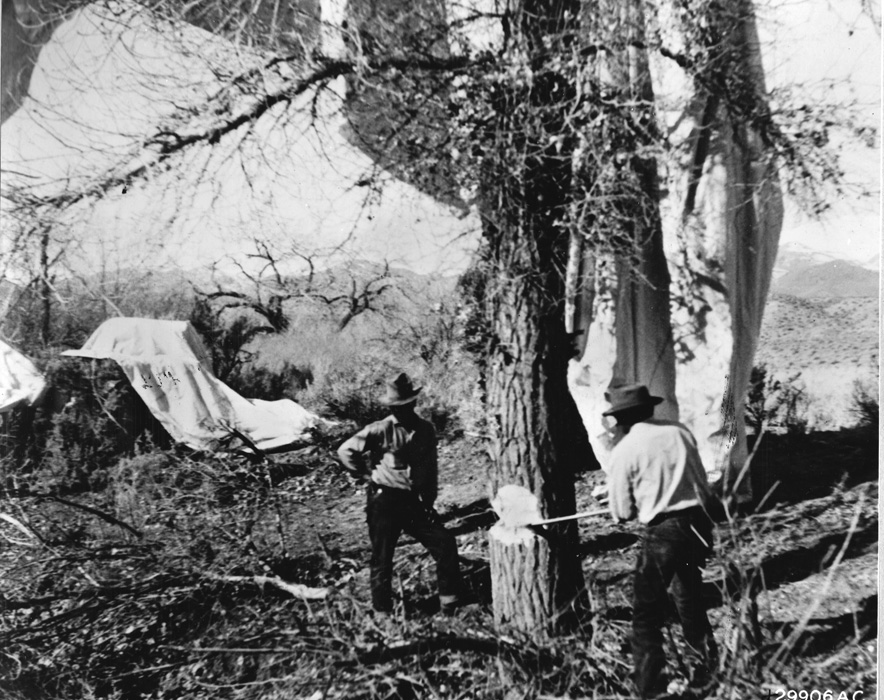
One last Japanese hope for attacking the West Coast of the United States remained. Early in the war, Admiral Isoroku Yamamoto, the mastermind of the attack on Pearl Harbor, conceived of a new type of submarine, the I-400, that could carry two bombers, later increased to three, in a deck hangar. These purpose-built bombers would be capable of carrying bombs or torpedoes.
The airplane to be used was the Aichi M6A Seiran, with a poetic name meaning “mist on a clear day.” It was a marked improvement over the Yokosuka E14Y. Each plane could be armed with one torpedo or an 1,800-pound bomb.
Construction of the submarines started on January 18, 1943 and three were built. I-400, I-401, and I-402 were completed. I-402 was used as a fuel tanker. Even as they were being built, their wartime mission changed from attacking the West Coast to a planned assault on the locks of the Panama Canal and, finally—after the fall of Okinawa—to protecting the home islands with Kamikaze attacks against Allied aircraft carriers that were staging at Ulithi Atoll for the final invasion of Japan. I-400 and I-401 were at sea headed to Ulithi when Japan surrendered. The two giant submarines were never used in combat.
Reminders of the wartime attacks on the West Coast are located from time to time. In 2014, for example, the remnants of a fugu bomb were discovered in a remote forest in British Columbia, Canada.
Author Glenn Barnett is a retired college instructor and aerospace engineer. He worked on the Apache helicopter, B-1B bomber, and Space Shuttle. He is a frequent contributor to WWII History.
